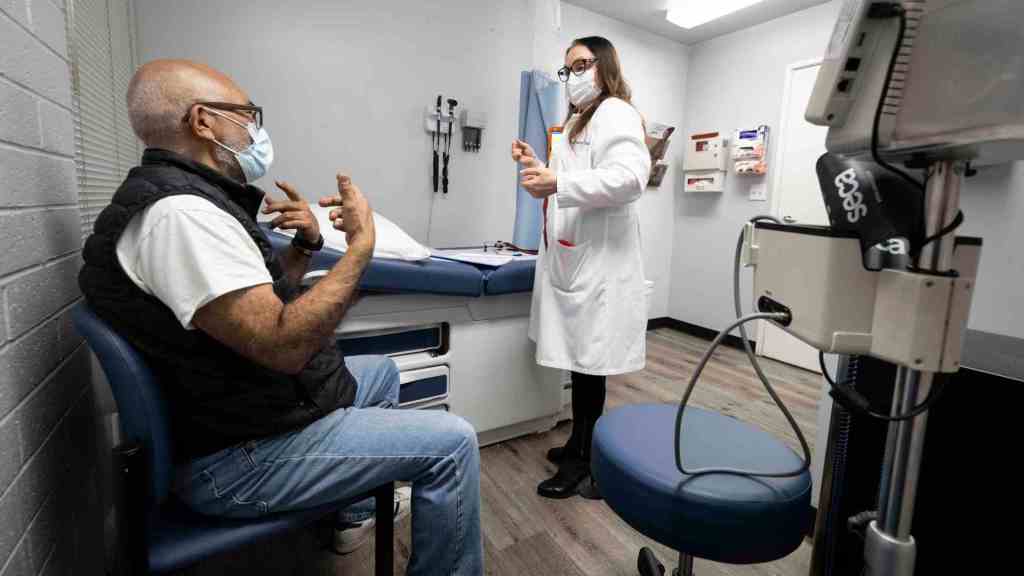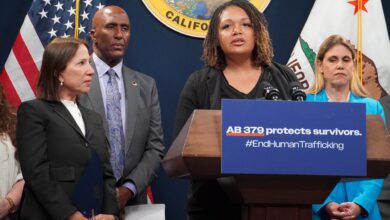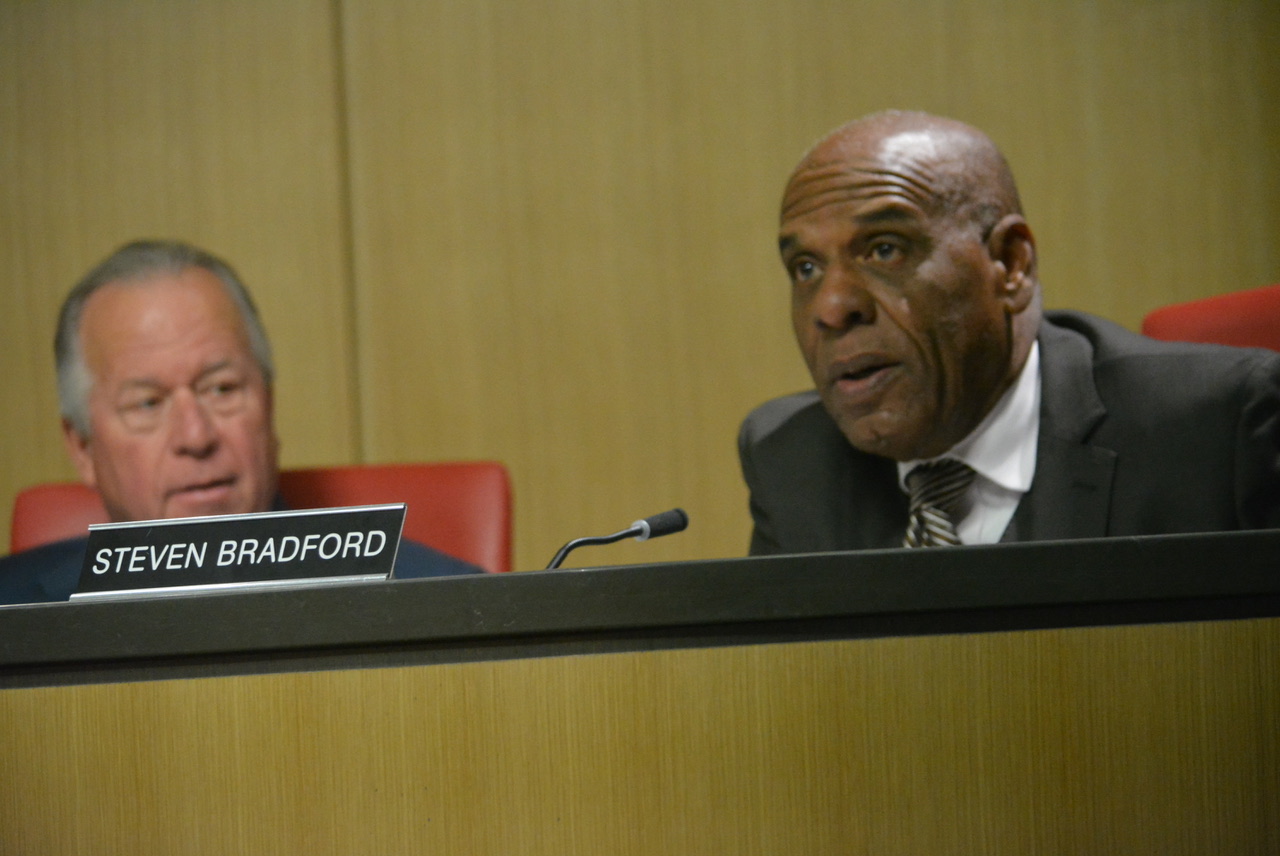Thousands in Southern California are expected to lose out on Medi-Cal after April – Orange County Register

As pandemic-era policies come to an end, tens of thousands of Southern Californians could to lose out on Medi-Cal, California’s Medicaid program.
And community health centers, as well as health care agencies and providers who see Medi-Cal patients, are scrambling to ensure Southern Californians are aware of and prepared for the changes.
Experts with the L.A. Care Health Plan and CalOptima Health estimate about 330,000 people in Los Angeles County and about 160,000 in Orange County could become ineligible for Medi-Cal when states resume the redetermination process in April, or they might miss their window to re-enroll completely.
The number of how many will be affected in Riverside County and San Bernardino County is unclear as county health officials did not have official projections. Now, 439,000 households receive Medi-Cal benefits in Riverside County and there are 456,527 people on the government health insurance plan in San Bernadino.
Pre-pandemic, those on Medi-Cal had to re-enroll annually in the state health insurance program for those considered to have low incomes: For a family of four, the annual income would be around $38,000 to qualify for Medi-Cal, and for an individual, that’s approximately $18,000.
However, when lockdown orders went into effect in March 2020, so did an emergency pandemic measure that paused Medi-Cal redeterminations. Members have kept coverage even if they were no longer eligible in the last three years.
According to state documents, 15.2 million people in California are on Medi-Cal, with the Golden State seeing a 16% increase in enrollment since March 2020. An estimated 2 million to 3 million people across California could lose coverage, according to theDepartment of Health Care Serviceswhen the reenrollment process starts.
John Baackes, CEO of L.A. Care Health Plan, the public health agency providing Medi-Cal for low-income Angelenos, said there are about 2.65 million people living in LA County on L.A. Care’s MediCal program — and enrollment grew during the pandemic.
Enrollments in Orange County also increased.
“When I started, we were about 840,000 members, and we’re now at 954,000,” said Michael Hunn, the chief executive officer of CalOptima Health, who took over operations as head of OC’s agency responsible for providing Medi-Cal about 14 months ago.
Both Baackes and Hunn said those on Medi-Cal should have their information, especially mailing addresses, updated so that state officials can reach them.
While some can be re-enrolled automatically — the Department of Public Social Services can redetermine people by analyzing other government agencies’ databases, although “it has not been tested at this scale before,” Baackes said — others will have to go through the paper process.
Those members will receive a 20-page pre-populated form in the mail to be reviewed with details such as income, residency and other questions related to their household to determine their Medi-Cal eligibility.
Hunn said one of the key challenges in the process is “having enough resources to help individuals navigate” the redetermination process. CalOptima Health’s board has OK’d $6 million for community-based organizations and clinics to hire up to 100 navigators to assist recipients during the process, Hunn said, as well as guide people through enrolling in Covered California, a health insurance marketplace.
And then there are community health care centers, like UMMA Community Clinic and Families Together of Orange County, which have been working to ensure people are informed about the Medi-Cal redetermination process. It helps that these centers have long-standing relationships with patients, said Alexander Rossel, CEO of Families Together, because patients come to the health centers for a variety of needs.
Losing MediCal could be “very impactful” to the families these community health care centers serve, especially as they are also seeing an increase in cost in daily living expenses, said Alex Nunez, the chief growth officer at Neighborhood Healthcare, a community health center chain with clinics across San Diego and Riverside counties.
Many community health centers, including Neighborhood Healthcare and Families Together, have staff on hand who can help enroll patients in Medi-Cal or go through the steps in the redetermination process.
But even with specialized staff, health centers are confronted with administrative burdens that “will be more of an issue” come April, said Adel Syed, CEO of UMMA Community Clinic, a health center in South Los Angeles.
“Currently, it takes up to 45 minutes to an hour to be able to get through (to) someone (to enroll in Medi-Cal),” said Syed.
Medi-Cal members can also re-enroll in the state health insurance program via mail, in person at a local county Social Services office or online on the Covered California website.
Rossel is also concerned that community clinics are going to be “overwhelmed with uninsured patients” in April.
“They (community clinics) do not refuse service to anybody because of their inability to pay,” said Rossel. “But what we can do is limited.”
Another issue: In Los Angeles, pandemic-era tenant protections are beginning to end.
“We at any given moment have 40-50,000 people of our members on Medicaid who are unhoused,” Baackes said. “If you are unhoused, your mail goes to the Department of Public Social Services so that’s a huge problem.”
Baackes said they have engaged street medicine providers to address the challenge: “When they are with a homeless client they can alert them to the process.”
Dr. Ilan Shapiro, chief health correspondent and medical affairs officer at AltaMed Health Services, a federally qualified health center that serves more than 400,000 patients in the LA and OC areas, is “troubled” with the redetermination process coinciding with the end of tenant protections.
As a doctor, Shapiro said, he can only influence about 20% of a patient’s health. The rest, he says, is dependent on social determinants such as having a “secure, safe place to live, play, go to school.”
“We need to make sure we are ready to help more people because if you take out their house, you can take out all the things that make them safe,” Shapiro said. “There will be medical and mental health repercussions.”
More information on applying for Medi-Cal can be found at www.dhcs.ca.gov.
Editor’s note: This story has been updated to accurately reflect the number of Medi-Cal patients in Los Angeles and the rollout of the redetermination process.








